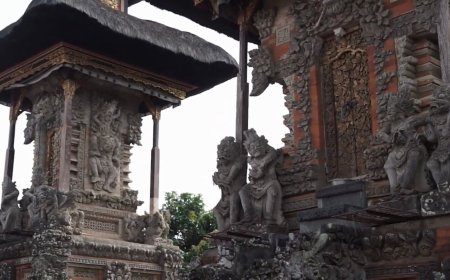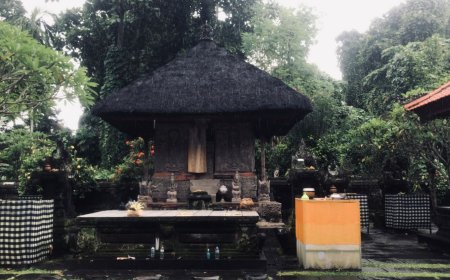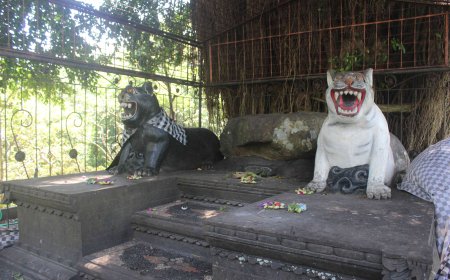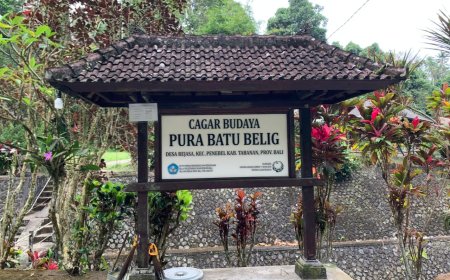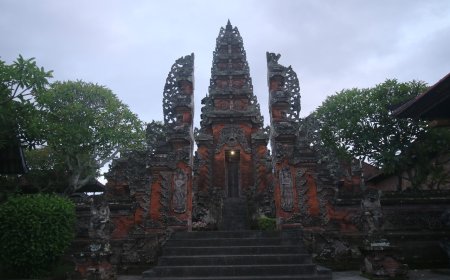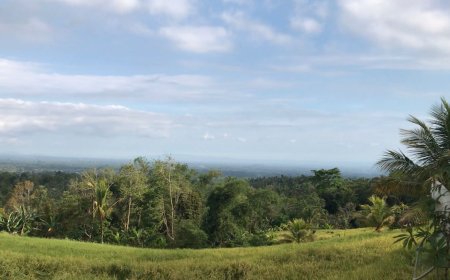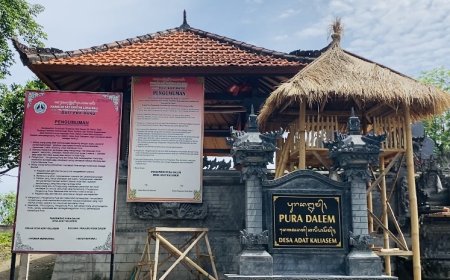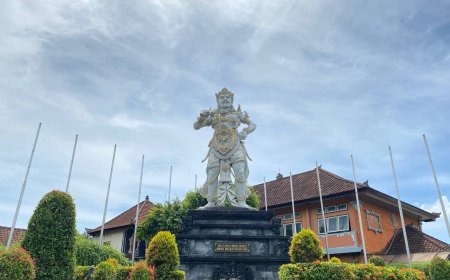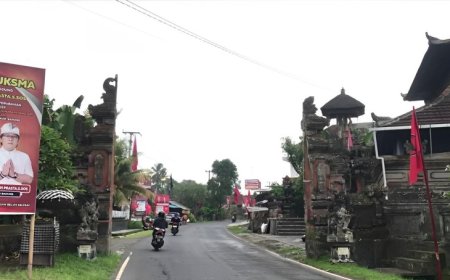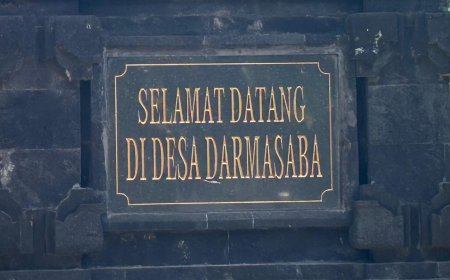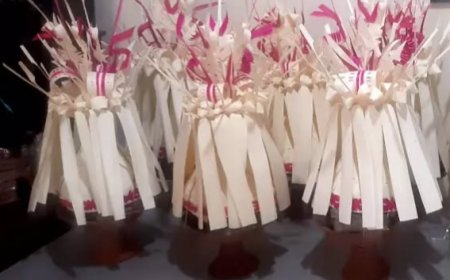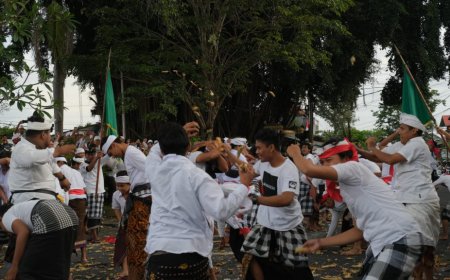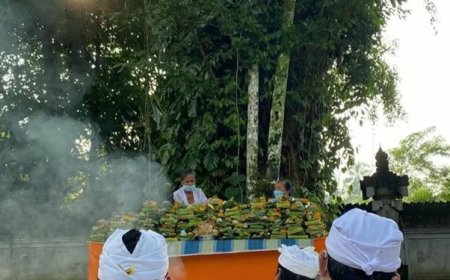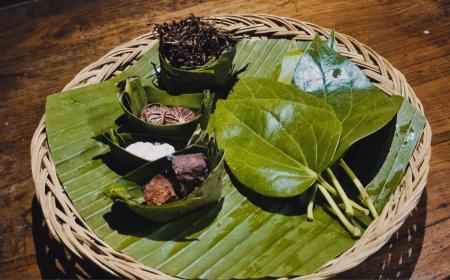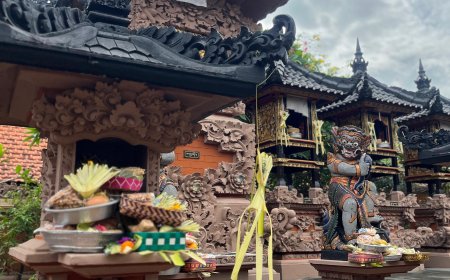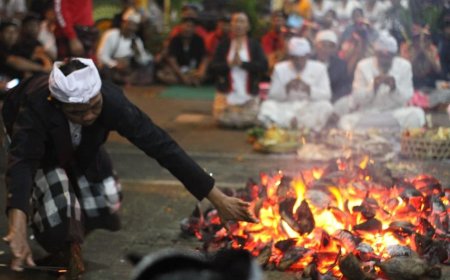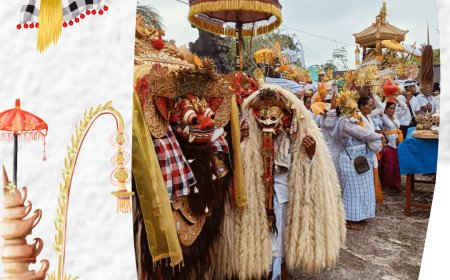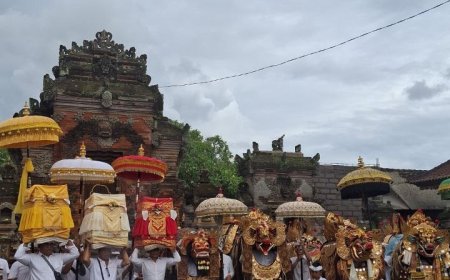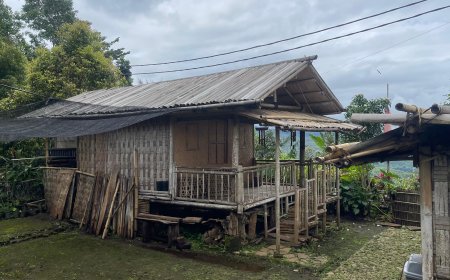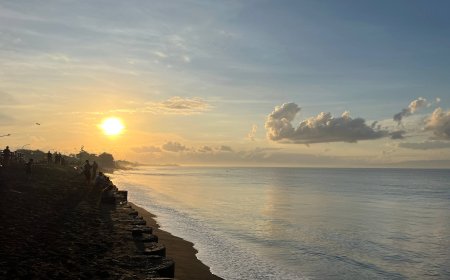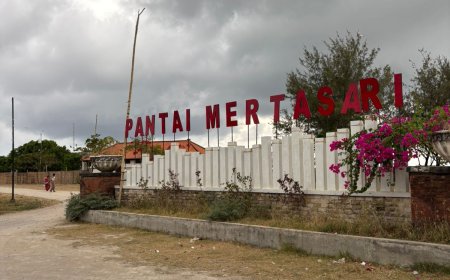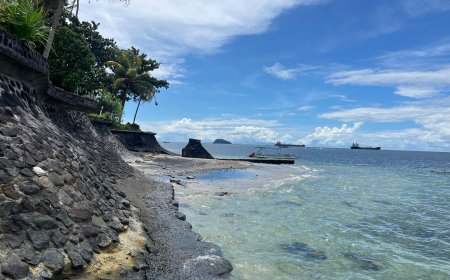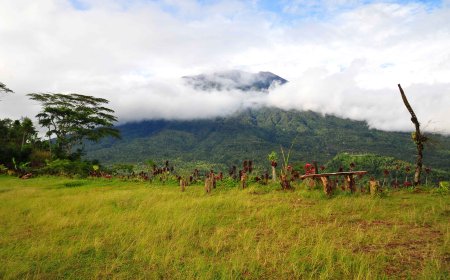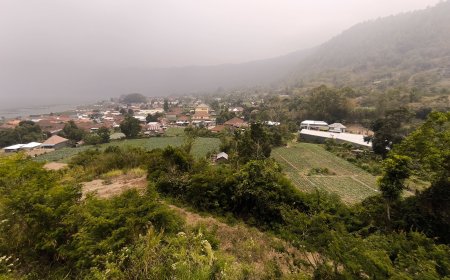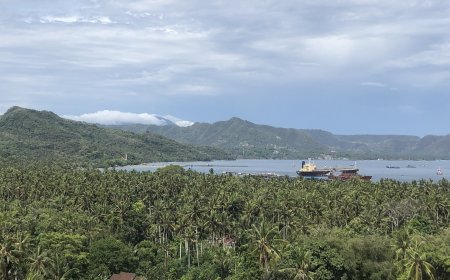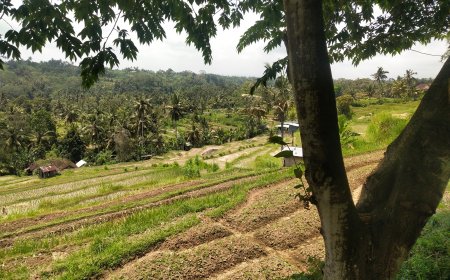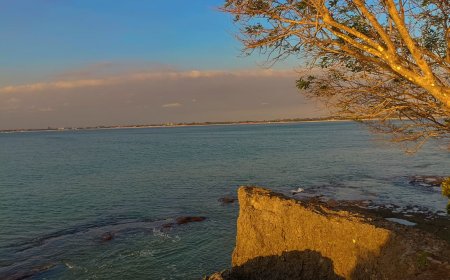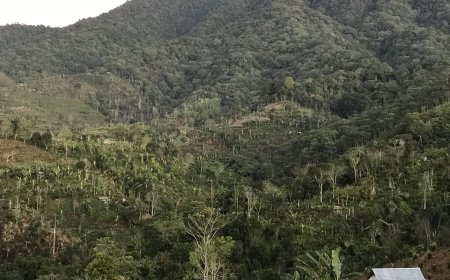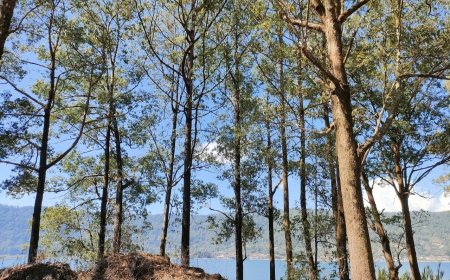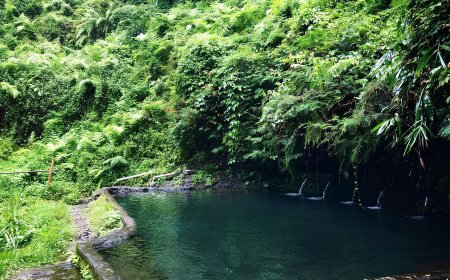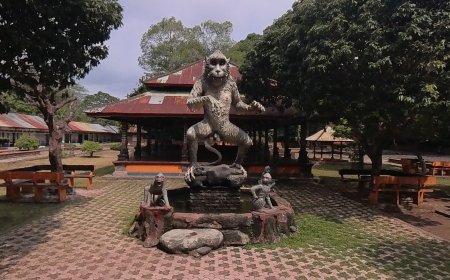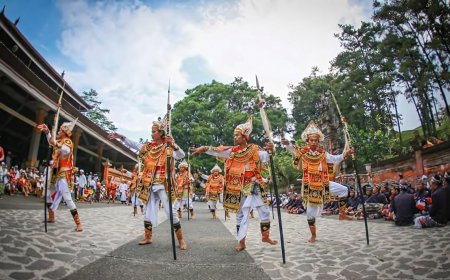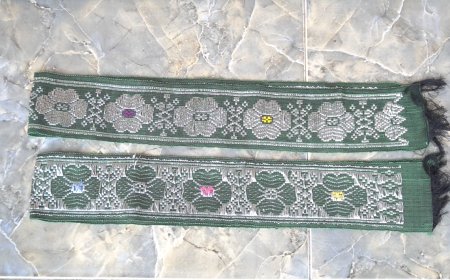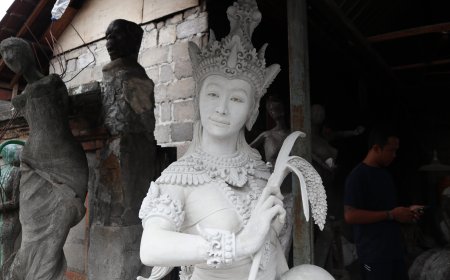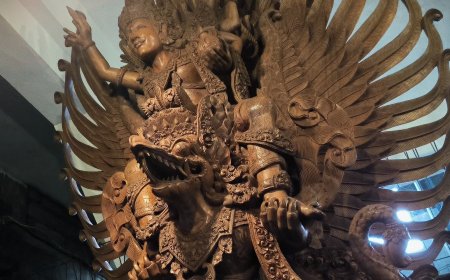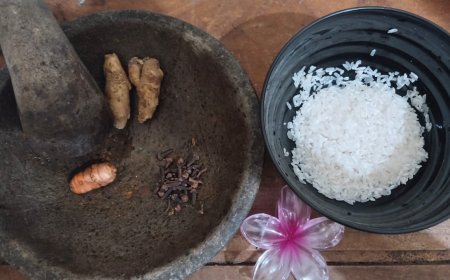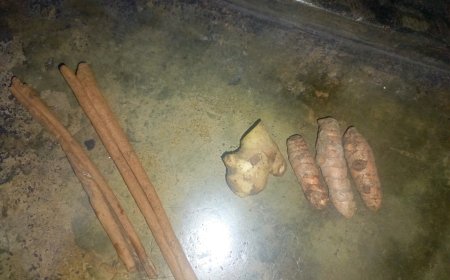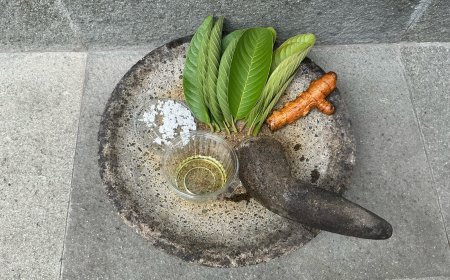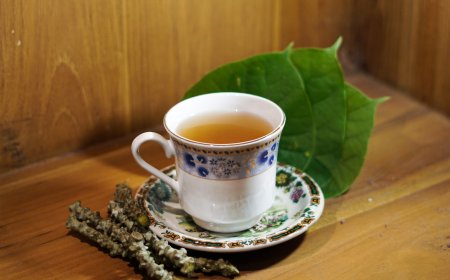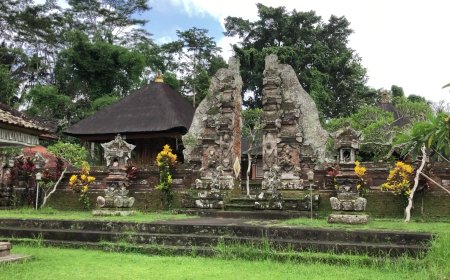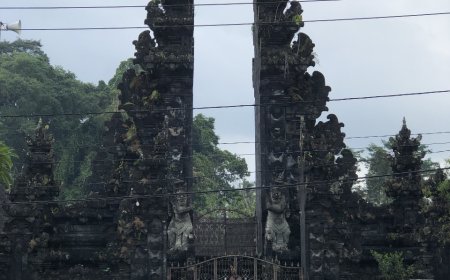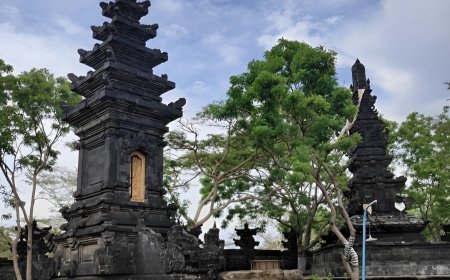Old Temple of Desa Pedawa: Traces of the Ancestors' History of Bali Aga
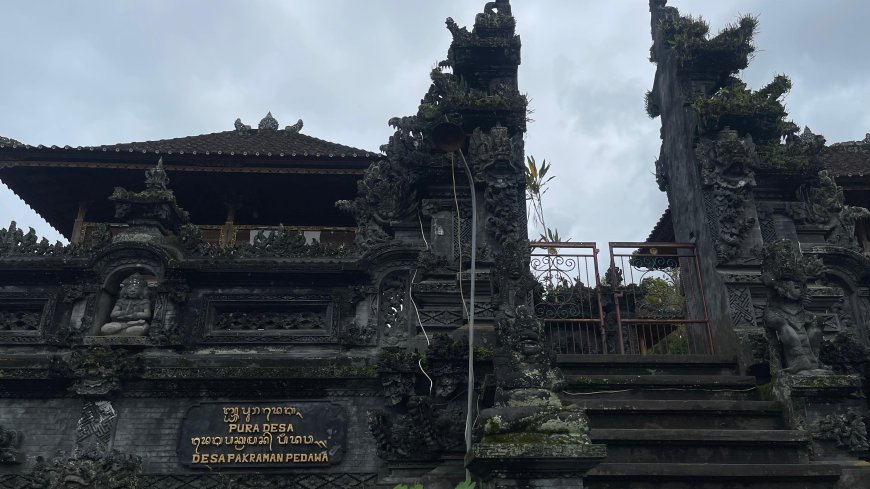
Pura Tua Desa Pedawa is a sacred place for the village community known as Bali Aga, the indigenous people of Bali who have inhabited this area since prehistoric times. Bali Aga is a group of people who have preserved their unique traditions, distinct from the general Balinese society. They are known for their strong customs and belief system rooted in the harmony between humans and nature. Community figures such as Mr. Wayan Surata explain that the ancestors of the Pedawa people came from Tamblingan. Due to enemy attacks or natural disasters, they migrated to various areas, including Desa Pedawa. To this day, the village community continues to uphold their ancestral heritage through upacara adat and the preservation of the temple as a spiritual center.
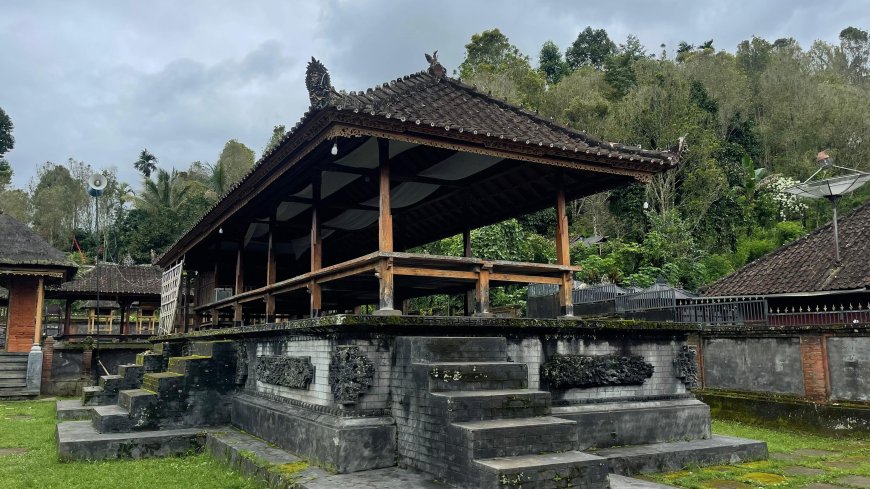
Old Temple of Desa Pedawa (Source: Personal Collection)
The Old Temple of Desa Pedawa serves as both a spiritual center and a symbol of the village's long history. Beyond being a place of worship, this temple hosts various traditional rituals that reflect the close relationship between the community, nature, and their ancestors. One significant ritual held at the temple is Saba Muja Binih, a ceremony to honor rice seeds, conducted every five years. Additionally, the temple holds historical value, believed to date back to the megalithic era. Within the temple complex are ancient artifacts and sacred worship sites, such as a holy mound called Pengembaraan, used to venerate Mount Raung and Rambut Siwi. This highlights the temple's importance not only as a spiritual site but also as an archaeological treasure.
The existence of the Old Temple of Desa Pedawa holds profound meaning for the local community. This temple was built as a sacred place to worship God and honor their ancestors. Moreover, it serves as a symbol of the Bali Aga people's identity, preserving their ancestral traditions despite the passage of time. The temple's ceremonies aim to maintain balance between humans, nature, and God. For example, during the Saba Muja Binih Ceremony, the community offers rice seeds as a gesture of gratitude for the harvest and a prayer for future blessings. This tradition reflects the close connection between the community and their natural surroundings.
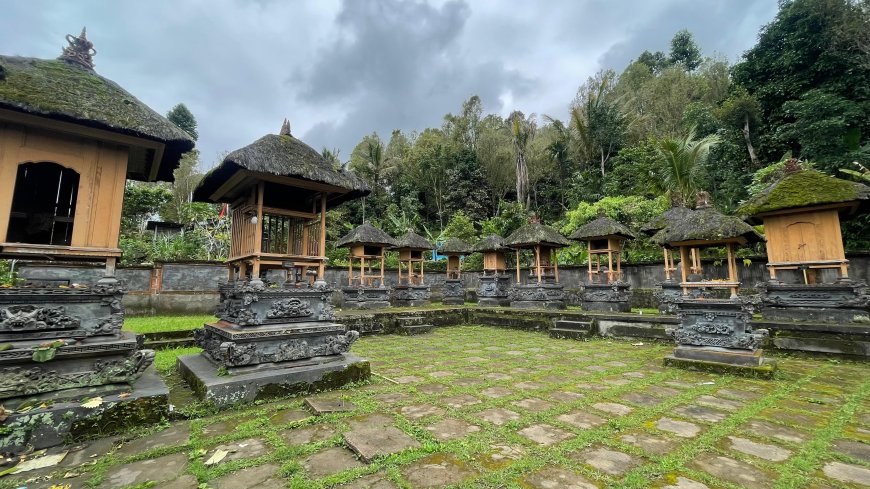
Old Temple of Desa Pedawa (Source: Personal Collection)
The temple's existence is also crucial for preserving local culture amidst modernization. By making the temple a center for traditional activities, the community can continue to uphold their traditions, ensuring they are not lost over time. The Old Temple is located in Desa Pedawa, a mountain village in Banjar Subdistrict, Buleleng Regency, Bali. This village is surrounded by natural beauty, including lush green hills and the cool air typical of mountainous regions. Its remote location has helped shield the village from excessive modernization, allowing the Bali Aga traditions to remain clearly evident.
Desa Pedawa is recognized as one of Bali's oldest villages, along with other villages such as Sidetapa, Tigawasa, and Cempaga. These four villages are often referred to as Catur Desa due to their close historical and cultural ties. The history of the Old Temple of Desa Pedawa dates back to the megalithic era when humans first settled in the region. Although there are no written records of its founding, oral traditions state that the temple has existed since prehistoric times and continues to be in use today. One of the major ceremonies held at the temple is Saba Muja Binih, conducted every five years during Purnamaning Kaulu . This ceremony is a significant moment for the community to gather and offer gratitude to God and their ancestors.
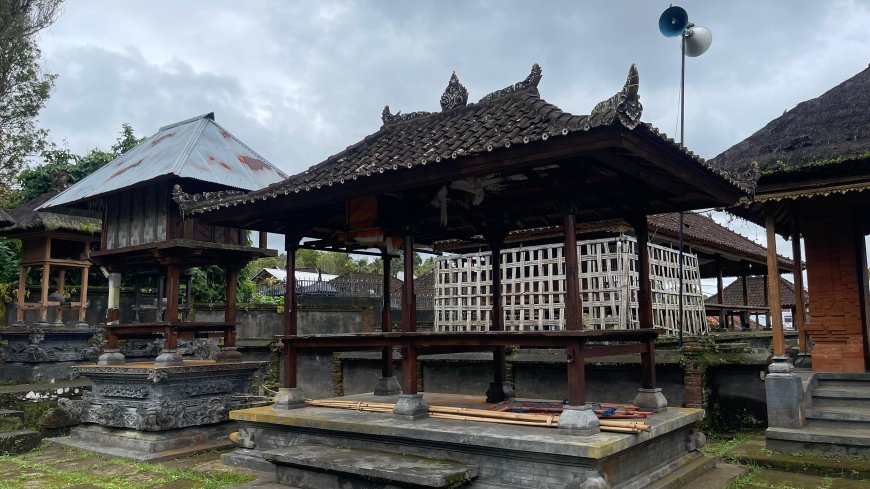
Old Temple of Desa Pedawa (Source: Personal Collection)
The construction and maintenance of the Old Temple of Desa Pedawa are carried out collectively by the village community through a spirit of gotong royong . They actively participate in every aspect of traditional activities, from preparations to the execution of rituals. For example, during the Saba Muja Binih ceremony, each family offers banten galih, rice seeds adorned with canang burat wangi as a symbol of fertility. Additionally, sacred dances such as Tari Baris and Tari Rejang are performed as part of the ceremony. The dancers, typically young men and women of the village, are specially trained to preserve the sacredness of these traditional performances.
The Old Temple of Desa Pedawa is not merely a place of worship but also a symbol of the long history and cultural identity of the Bali Aga community. Its existence reflects the close relationship between humans and nature, as well as the community's commitment to preserving their ancestral traditions. For tourists and cultural researchers, visiting the Old Temple of Desa Pedawa offers a unique opportunity to witness how ancient traditions continue to thrive amidst modernization. With its rich history and distinctive cultural heritage, the Old Temple of Desa Pedawa deserves to be recognized as one of Bali's premier cultural tourism destinations.
